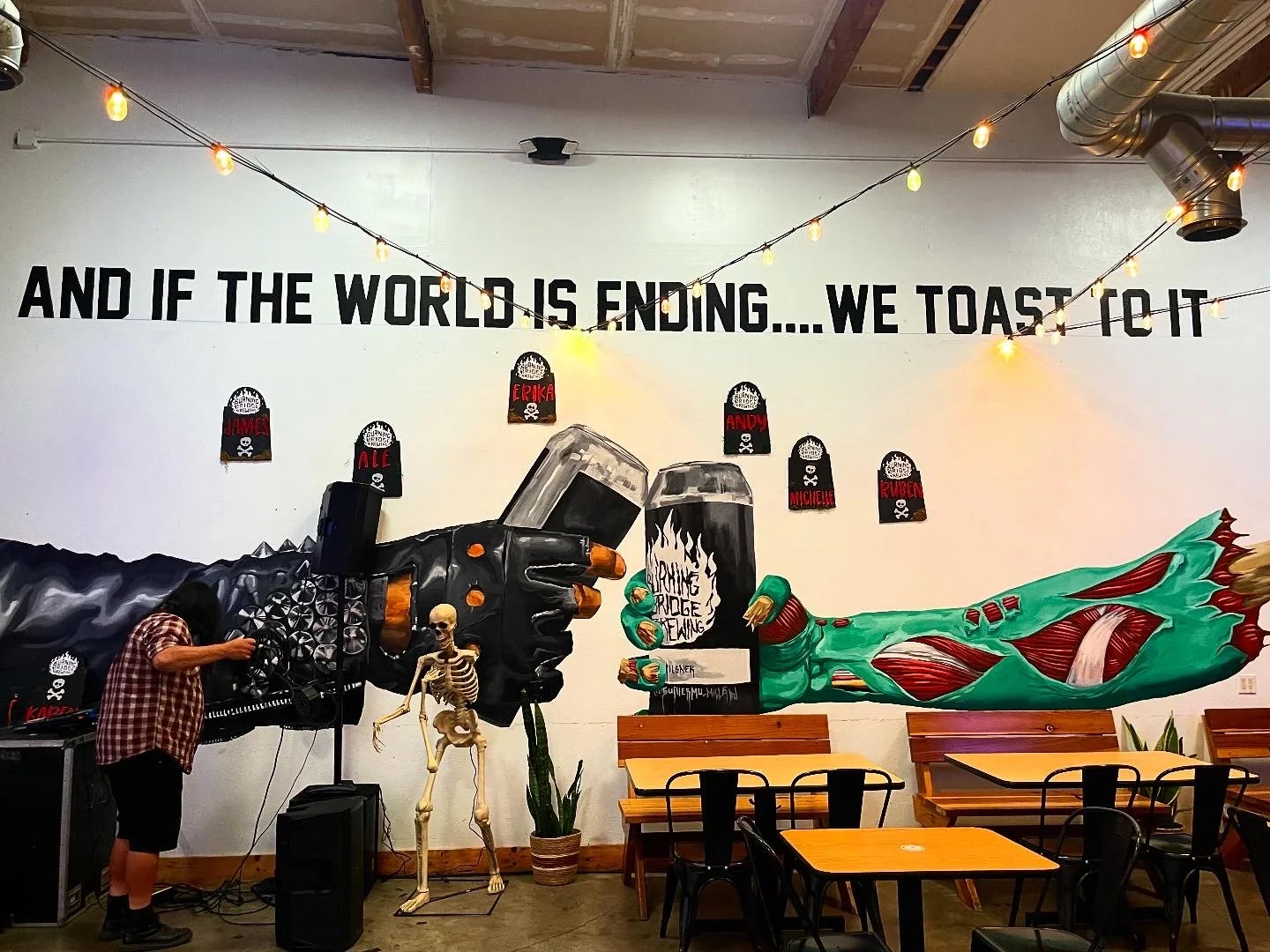Signal to noise ratio: job searches in the age of AI
Here’s to still finding humor in the process, I guess?
Part 6 in this series.
This Is a bit of a part two to this entry.
Getting laid off is never a good thing. Sure, in some cases it can become one. But in any economy, abruptly losing a job puts the vast majority of people in a tough place.
But then there are times like the ones we find ourselves in. Terrible, in historic terms. Terrible, also, in pragmatic and present tense terms. Bleak even.
A snapshot from the day I’m writing this entry:
“The US unemployment rate rose to 4.3% in August of 2025 from 4.2% in the previous month, aligning with market expectations to reflect the highest proportion of joblessness since October of 2021. The number of unemployed increased by 148 thousand to 7.384 million in the period. In turn, the labor force increased by 436 to 170.778 million, driving the labor force participation rate to increase by 0.1 percentage point from the over two-year low in the previous month to 62.3%. The broader U-6 unemployment rate, which includes discouraged workers and those working part-time for economic reasons, rose to 8.1% from 7.9% in July.” From: U.S. Bureau of Labor Statistics
Big numbers, trending in the wrong direction. But what does this look like for job seekers on the ground level? Here’s one breakdown:
You need approximately 42 applications to land one interview in 2025, with only 2.4% of candidates reaching the interview stage
Only 3% of job applicants get called for interviews according to recent data, making the competition fiercer than ever
Companies receive an average of 250 applications per job posting, but referrals increase your chances by 18x over cold applications.
Ok, sure, these are macro numbers spread across the entire market. How about the field I’ve been in for the past two decades and am most overtly qualified for? Yeah, about that…
“In the next few years, graduate students and postdocs will very likely face the worst job market in a generation….Faculty hiring will almost certainly be at a near standstill in the next academic year. In other economic downturns — such as the Great Recession of 2008 or the Covid pandemic — graduate students could extend time in their programs or move into postdoc positions. But this time, federal cuts have eliminated many postdoc positions and constricted funding for existing graduate students. A shrinking federal work force means fewer job opportunities in that sector for Ph.D.s. And uncertainty caused by tariffs and the trade war threatens to slow hiring in the private sector.”
(Un)fun Fact: I came out of graduate school in the last “worst job market in a generation!” But this time around, I’m a mid-career professional let go late in the cycle, a fact that makes my prospects of getting hired by another institution shakier. This is why the near misses I had just after being let go stung an extra amount.
And these last projections are about higher education in general. Drill down on the humanities, which have been intentionally misunderstood and attacked by outside forces and those who control university purse strings for decades.
Get a little more granular and my field within the humanities is perpetually denigrated as unnecessary (by people who live and die filling the voids in their lives with creative works, I might add).
I guess there’s not a lot of mystery in determining why I’ve had a perpetual upset stomach since that meeting with my dean in January.
Equally obvious is how important the encouragement of my friends and professional connections have been, even if only as floatation devices tossed into the water mid-storm.
So, what’s left to do? Drop more applications, of course. That 42 per interview target isn’t going to hit itself.
